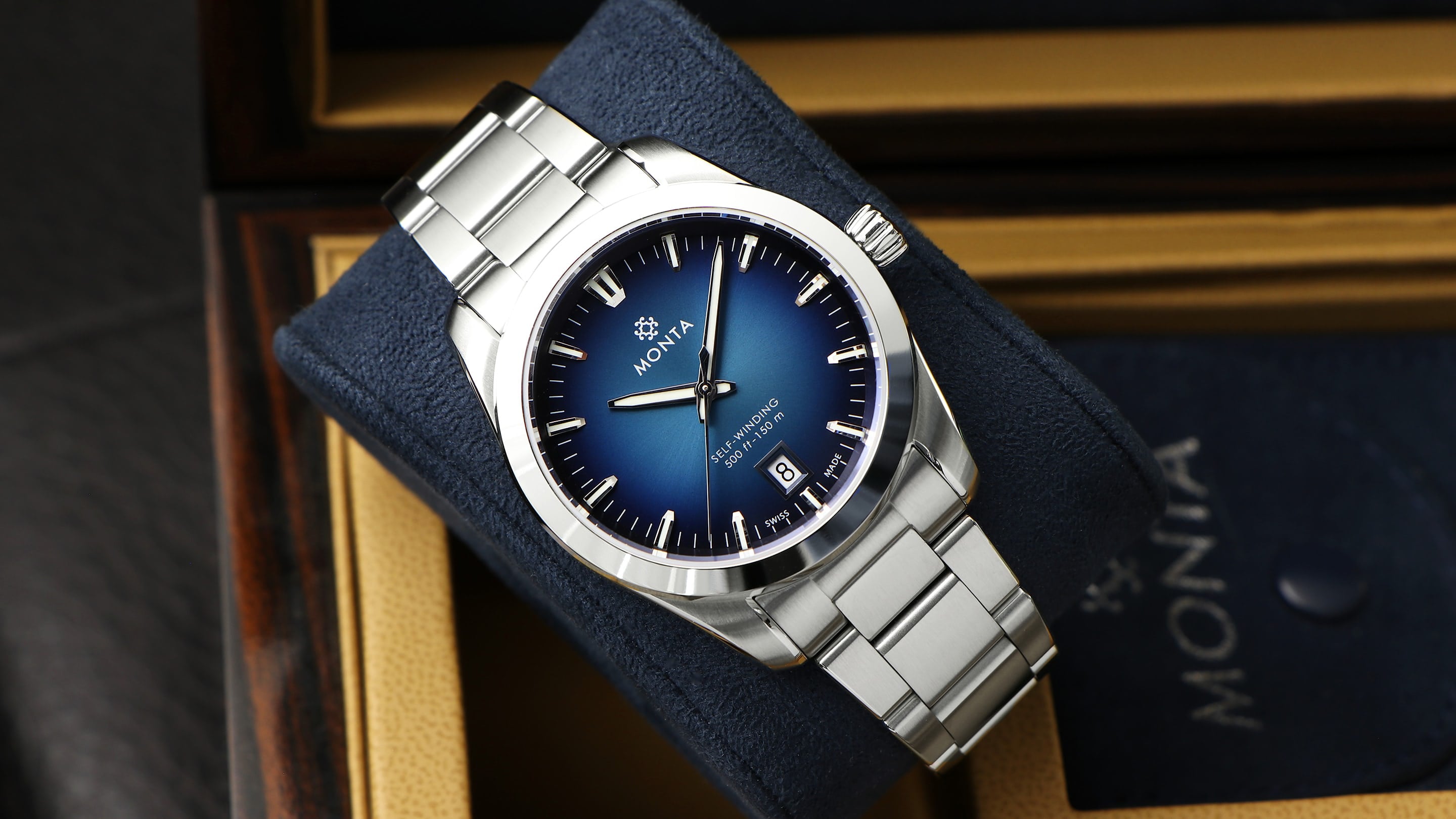What Makes a Watch Brand an Independent One?

For all who are into independent horology—a word I use broadly here—we often ask ourselves what is an “independent” brand? Is it the same thing as a microbrand? How do these words differ from one another? We could think that both are similar because, as far as we talk about microbrands, we can easily assume that they do not belong to a group of brands in the same way Omega is in the Swatch Group. As their name indicates, they are small. Small in size and small in the number of watches they output each year. Personally, I often talk about micro and independent brands interchangeably because they share key common characteristics which we will discuss below.

Independent Brands Are Indeed Independent
To illustrate my first point, let’s take MONTA as an example. MONTA is a brand that functions independently from a group although it was created by the same person who created Everest. The two brands function Independently from each other and one does not influence the other. Omega, on the other end of the spectrum, is dependent on the Swatch group for overall guidance. Omega reports to Swatch and the latter can influence the decision of the former. It is true also of any brand that belongs to an investment firm or a business conglomerate in the likes of LVMH. (LVMH owns TAG Heuer, Bvlgari, and Hublot.)
Moreover, it would be accurate to say that independent brands are generally managed by the same person(s) who created them. Smaller watch brands represent the personal vision of one or more watch enthusiasts and they are the ones who run the company. The founders are also those who design the collections, even though they may hire outside designers and engineers to partake in the process. Independent brands, therefore, do not have shareholders who might influence the design of the collections or setting the prices of the watches.
 Source: www.hodinkee.com
Source: www.hodinkee.com
They Don’t Manufacture Watches
Unless I’m mistaken, independent brands do not own the means of production of their watches. In other words, they don’t own manufactures that make the parts and assemble the watches. More often than not, they work with another company, one or two vendors, that manufacture the watches and handle the assembling and testing. This is not how all independent brands function, however it is how most of them do. This means any brand can change where they get their watches made whenever they want in order to find the best quality/price ratio.
Still speaking in general terms, independent brands will, at most, assemble and quality control the watches in-house. This would include casing the movements, assembling the bracelets, and testing and regulating the movements. They do not, in any shape or form, manufacture the parts themselves. They can get the parts made in one of many countries including Switzerland, Hong Kong, China, Singapore, Germany and France. Wherever things get made, the watches get assembled by one factory that manages the entire supply chain for the brands.

Source: www.monochrome-watches.com
They Create Original Designs
This is where my list becomes a little subjective. We could see Aliexpress brands as being independent watch brands too. They get their watches made and assembled in factories too. However, they tend to make homages of Swiss luxury brands. This is not the case for all brands found on Aliexpress or similar online retailers, however it is for the majority. In my own investigation and coverage of the independent watch market, I found that independent brands can easily be identified by the very fact that they don’t do homages. Since they were founded by people who have a deep passion for horology, they tend to offer a personal view of this world and, therefore, design original models.

Source: www.hodinkee.com
They Don’t Sell Luxury
This is yet another point on this list that most likely is subjective. What is luxury, you might ask? It’s a very good question. One definition of luxury says this: “A state of great comfort or elegance, especially when involving great expense.” Note the words “great expense” which could mean one of many things depending of who you ask. Perhaps we can agree that a watch that cost more then $5,000 enters the subjective world of luxury. At this price, a watch becomes an object of comfort more than a practical timekeeping device.
 Source: www.themodestman.com
Source: www.themodestman.com
Final Thoughts
Although it was brief, in this article we looked at four core characteristics that make a brand an independent one in the non-luxury market perspective. Brands such as MONTA which provide the highest quality possible for a comparatively low price, as well as unique designs which set them apart from each other. I believe that the independent watch market wouldn’t be as vibrant and interesting if, for the most part, these brands functioned like those from the old guard.









Leave a comment